Special Report
What a Hurricane Actually Is and 9 Other Questions Answered
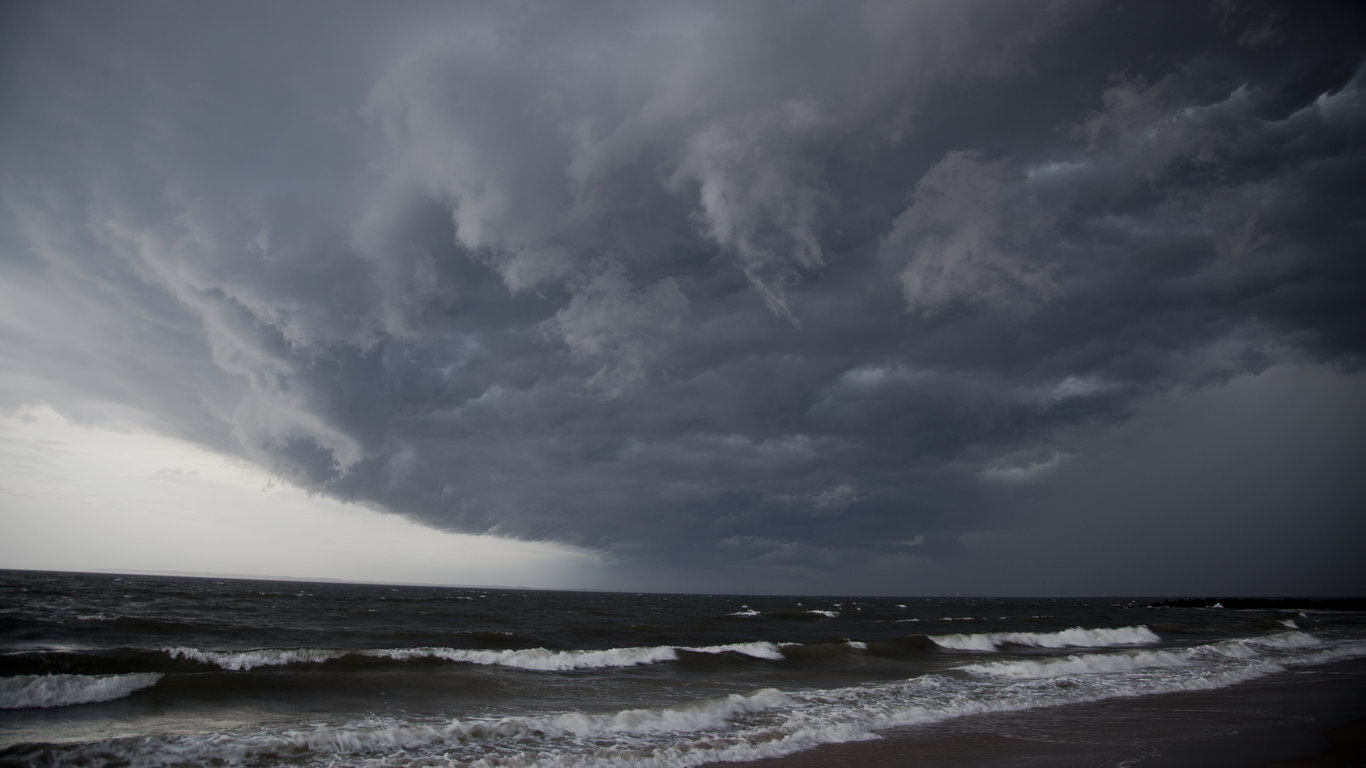
Published:
Last Updated:

The National Weather Service reports that Hurricane Dorian, with its 185 mph winds, is the second strongest storm ever recorded in the Atlantic basin. Now Dorian has lost some of its strength — it has been downgraded from Category 5 to the high end of Category 2. That is still a matter of grave concern, and as it moves, with what seems like almost taunting slowness, away from the devastated Bahamas and up the coast, its winds are extending farther from its center, and it brings constant downpours with it.
How does Dorian compare to other major hurricanes? Hurricane Allen reached 190 mph in 1980 and is tied with the Labor Day hurricane of 1935 for the strongest wind speed to reach land. But they are not the only ones or even the most destructive — these are the most powerful hurricanes of all time.
This might be a good time to ask just what a hurricane is, anyway, how it gets started, and why it’s potentially so destructive.
Click here for everything you always wondered about hurricanes.
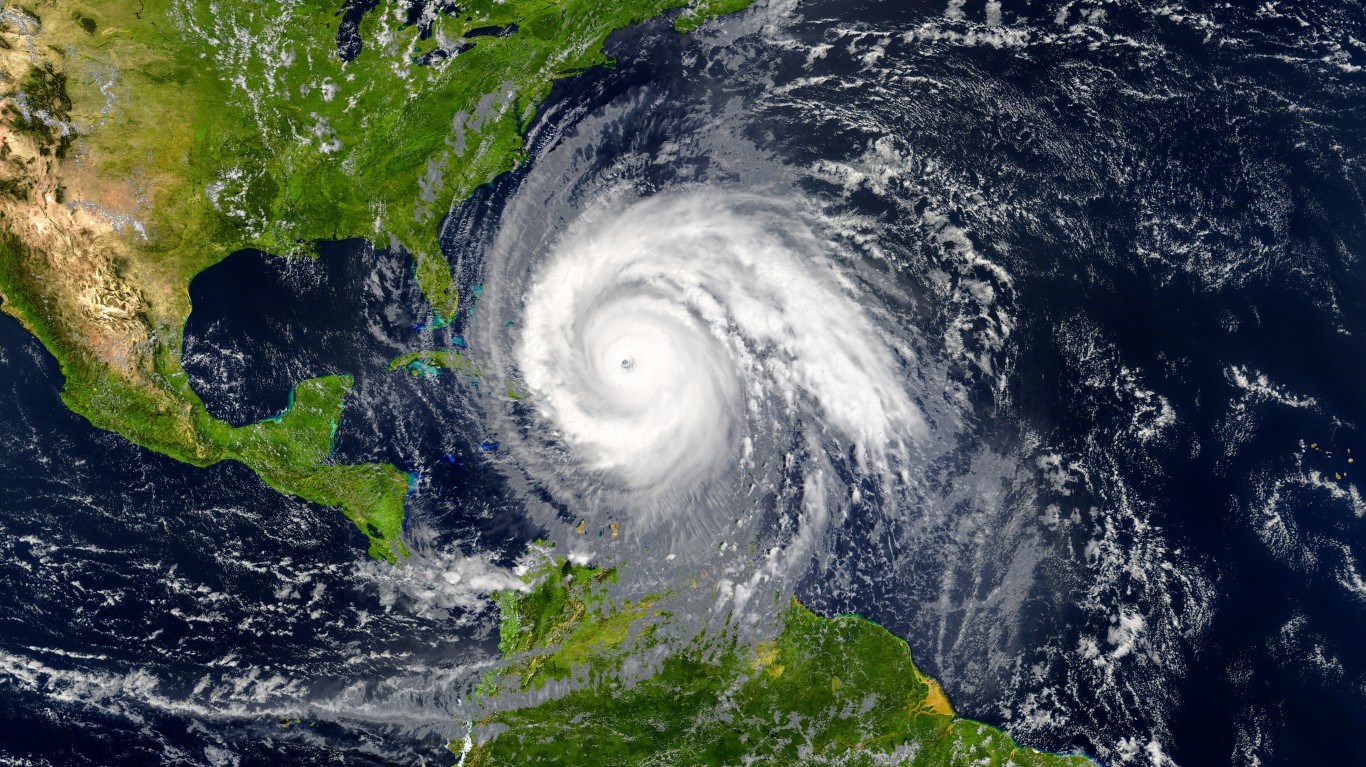
What is a hurricane?
A hurricane is a tropical storm that gets out of control. It begins over the warm equatorial waters of the Atlantic and eastern Pacific. When warm, moist air rises upwards from the ocean, it leaves less air near the surface, creating a low pressure area. Air from nearby, under higher pressure, rushes in to fill the gap — then it, too, becomes moist and heated and rises up. All that moisture high in the air forms a storm system of clouds and winds, which swirls and grows, continually fed by more warm, moist air rising from the sea.
[in-text-ad]
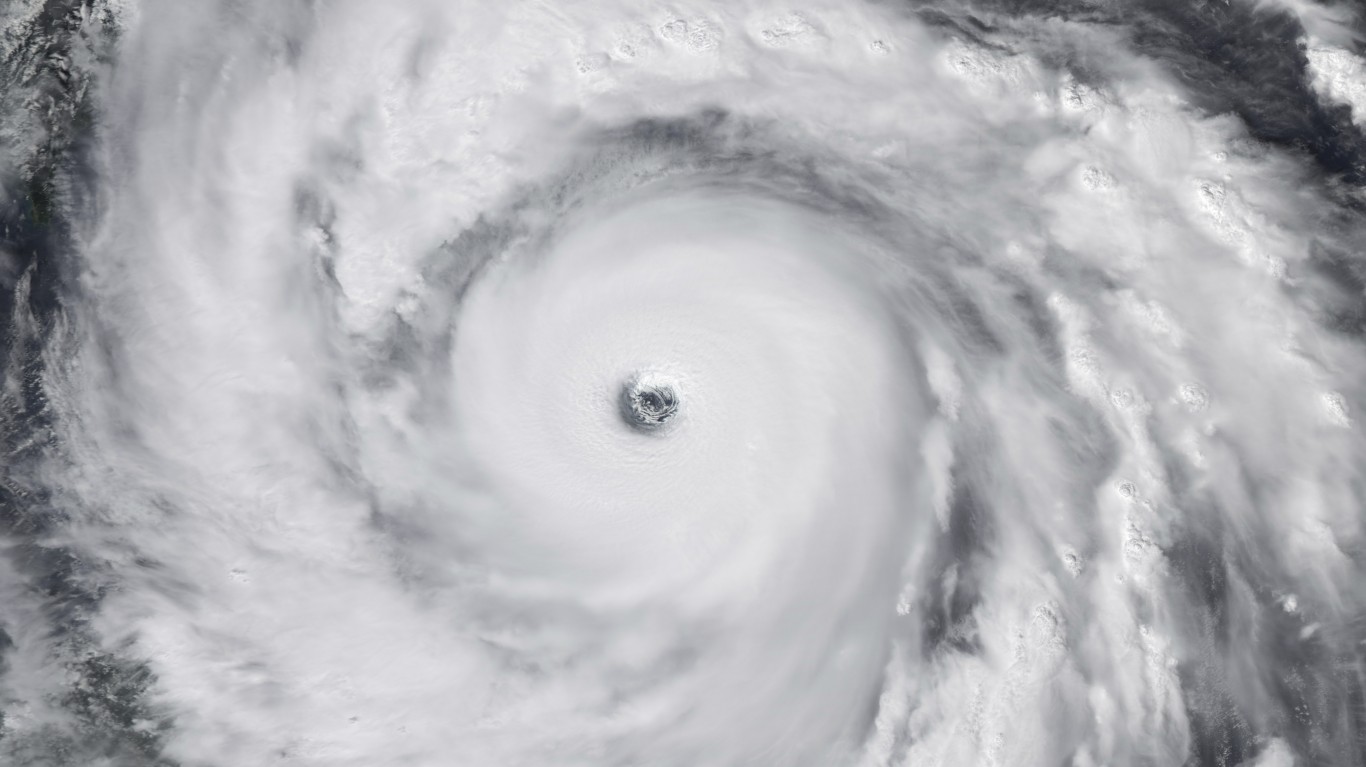
What is the eye of the hurricane?
The storm system spins faster and faster — counterclockwise north of the Equator, clockwise to the south — forming an “eye” at its center. This is a clear, calm area with very low air pressure, around which the storm rotates. If the winds reach 39 mph, the system is declared a tropical storm. At 74 mph, it becomes a tropical cyclone — which is the scientific term for a hurricane.
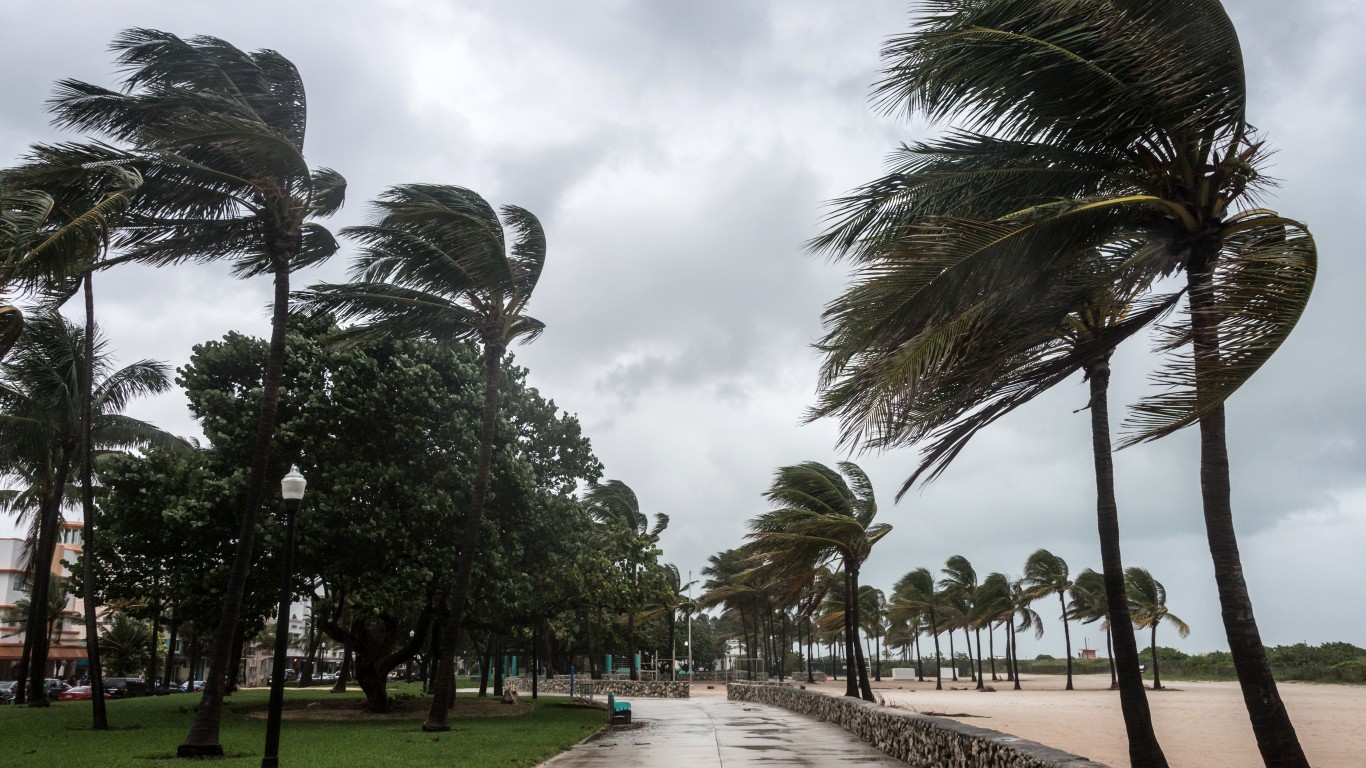
When is hurricane season — and why do hurricanes have a season?
Hurricane season in the Atlantic and vicinity runs from June 1 to November 30 every year, with most storms occurring between August and October, and September 10 being the single date statistically when a tropical cyclone is most likely to form. Hurricanes have a season because the temperature of the ocean rises in the warmer months of summer and fall, so the air that rises from the water is warmer, too. In addition, wind shear — the variation in wind speed or direction over a short distance in the atmosphere, which can block weather systems from growing too strong — begins to weaken in June every year, so there’s nothing to stop a storm from forming.
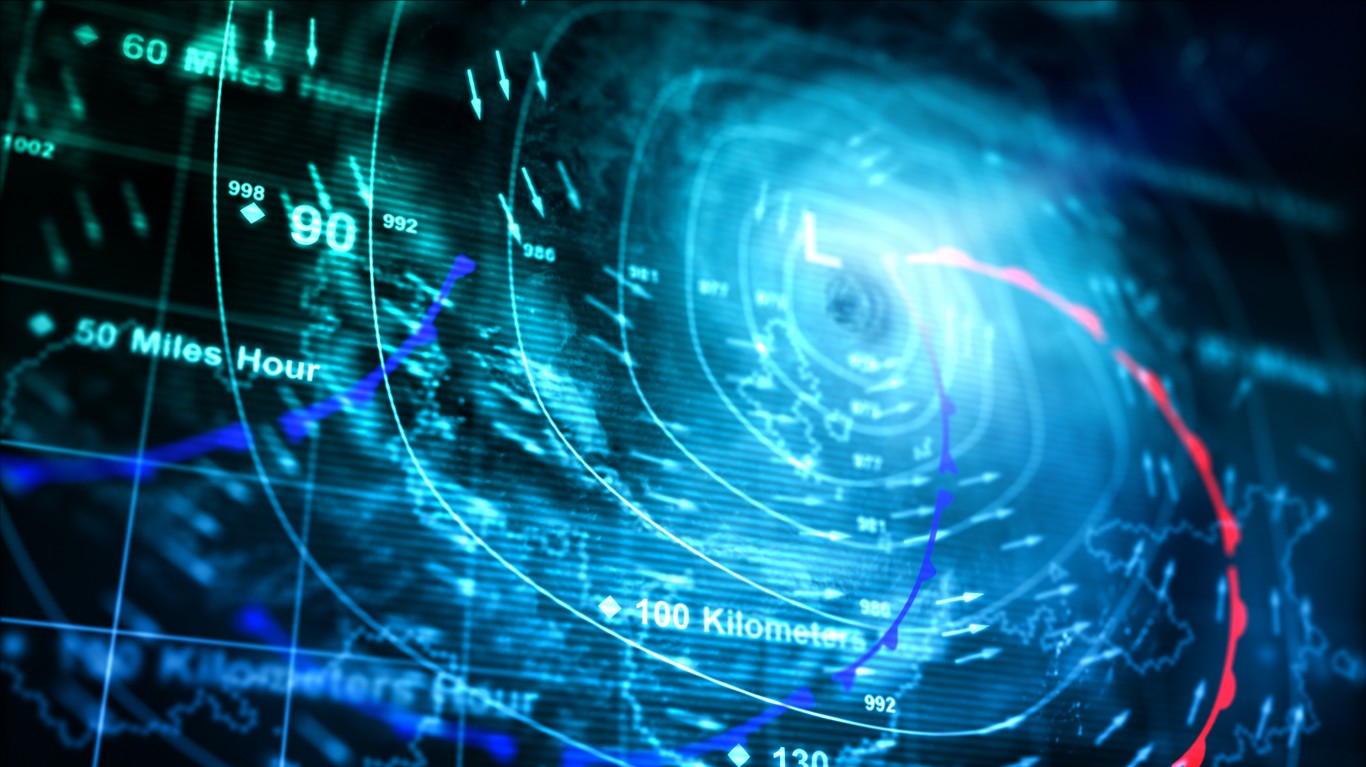
What makes hurricanes move?
In the Atlantic, hurricanes mostly form off the coast of Africa and then are carried westward by trade winds, which blow from east to west in the tropics. Hurricane-trackers prefer strong trade winds, as this makes it easier to predict where the hurricane is headed. Once a hurricane reaches land, the trade winds weaken, and the storm is propelled to the north by the Coriolis effect, the phenomenon by which a moving object veers to the right in the Northern Hemisphere. As it moves northward, the trade winds give way completely to the westerlies, the global east-to-west wind found at mid-latitudes. This can send the hurricane further east as it travels north.
[in-text-ad-2]
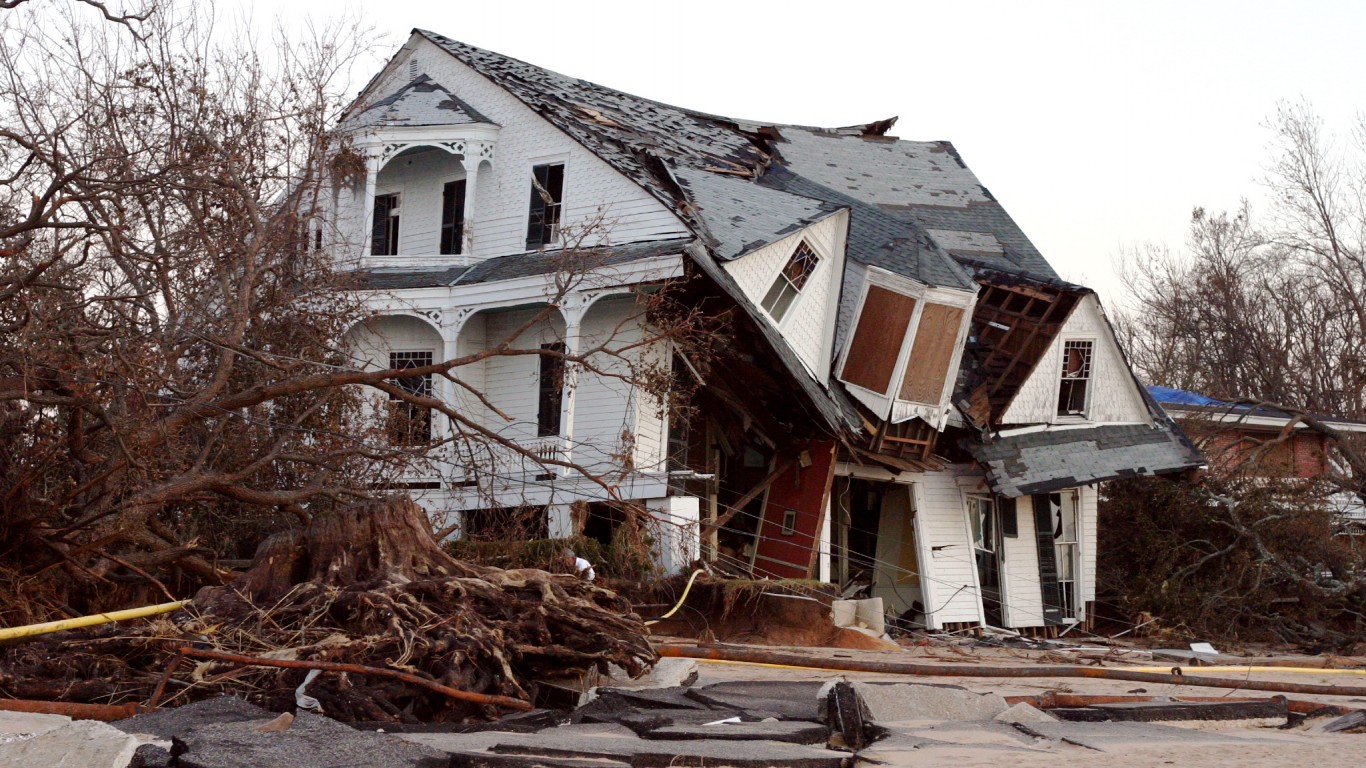
What do hurricane category numbers mean?
The category numbers assigned to hurricanes, called the Saffir-Simpson Hurricane Wind Scale, are predictors of the nature and extent of the damage the storms can cause. These categories should be of special concern to those who live in the cities where hurricanes would cause the most damage.
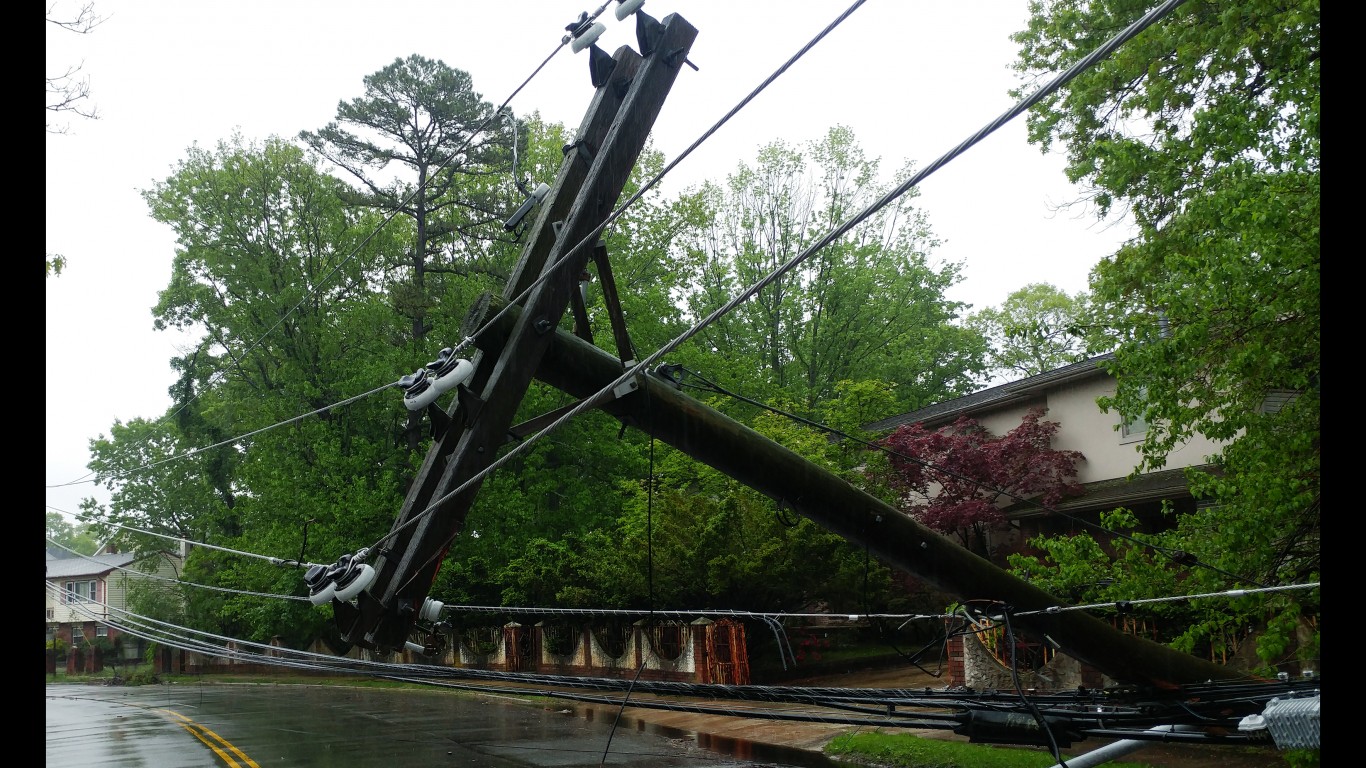
Hurricane category breakdown
The National Oceanic and Atmospheric Administration’s National Hurricane Center and Central Pacific Hurricane Center publish a detailed breakdown of the potential damage storms of different strengths can cause.
These range from Category 1 (winds of 74 to 95 mph), which can damage roofs, siding, and gutters; snap branches from or uproot trees; and damage power lines, to the catastrophic Category 5 (winds of 157 mph and higher), in which whole houses will be destroyed and affected areas may remain uninhabitable for months because of power outages due to fallen trees or storm surges, condemned or destroyed housing, blocked roads, and water contamination, among other factors.
The breakdown notes that, while hurricanes of Category 3 and higher have the potential for significant damage and loss of life, even Category 1 and 2 storms are dangerous and require preventative measures.
[in-text-ad]
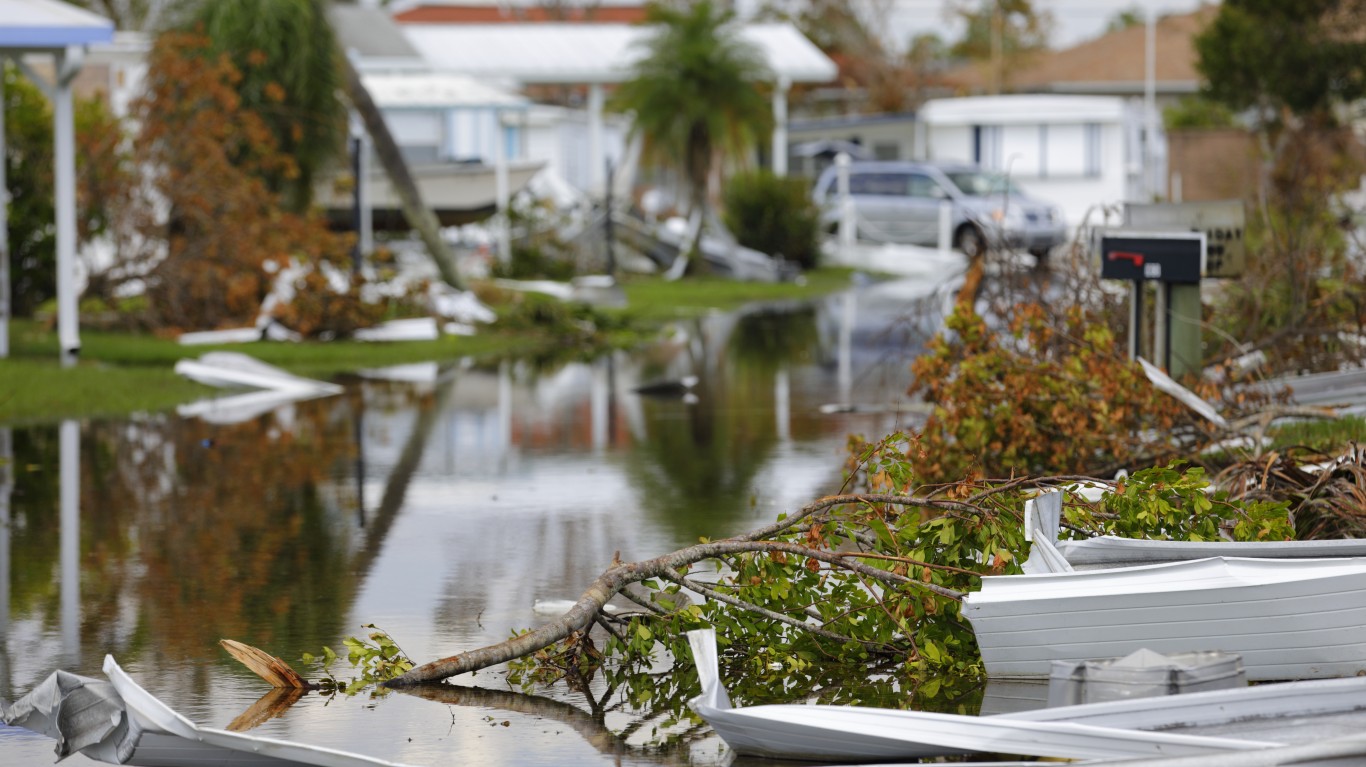
What causes storm surges?
During hurricanes a surge, which is an abnormal rise of water caused by strong winds, can move inland for dozens of miles and can be more than 25 feet high. The highest surge usually occurs where the hurricane’s winds are strongest.
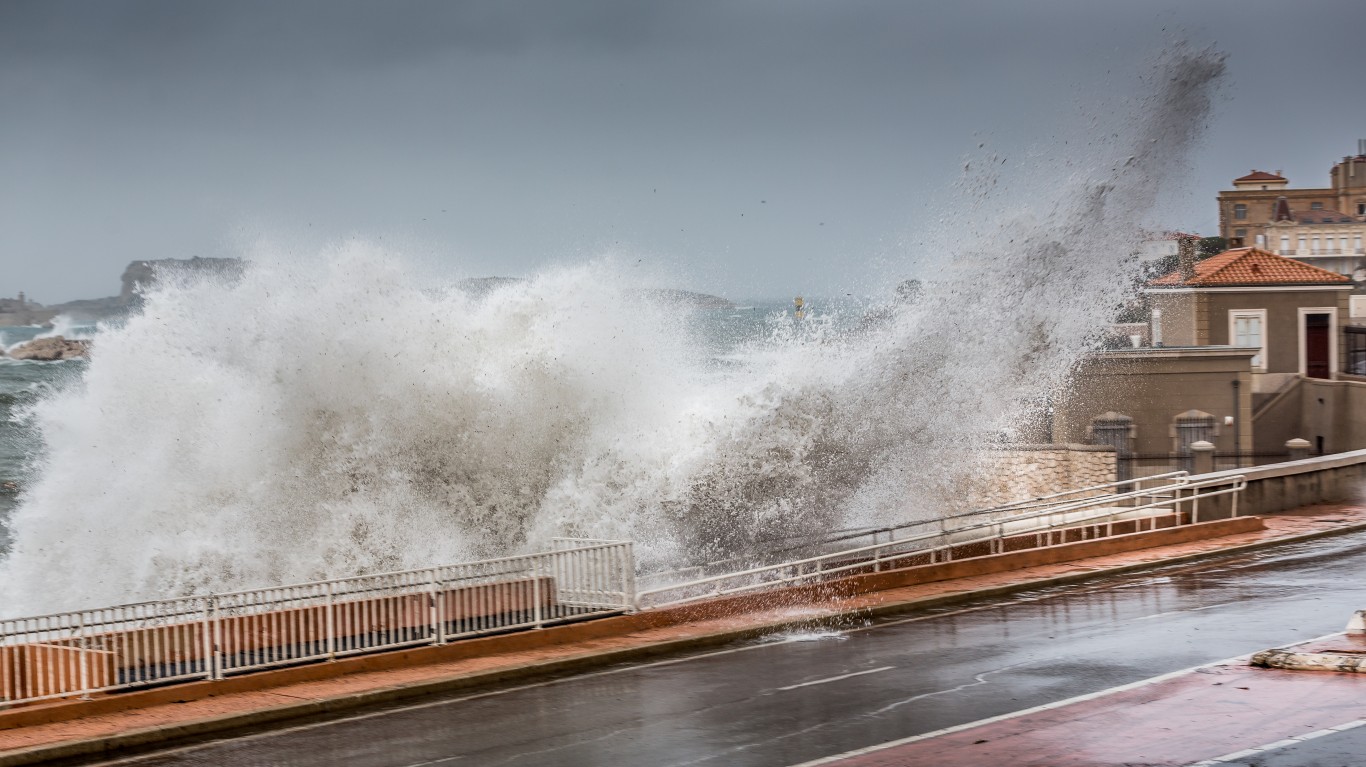
What’s the difference between a hurricane, a typhoon, and a cyclone?
The terminology can get confusing. Tropical cyclones in the North Atlantic, the Caribbean, the Gulf of Mexico, and the eastern or central parts of the northern Pacific east of the International Date Line are properly called hurricanes. They’re known as typhoons in the western part of the northern Pacific, to the west of the International Date Line. In the North Indian Ocean, the storms are called just cyclones.
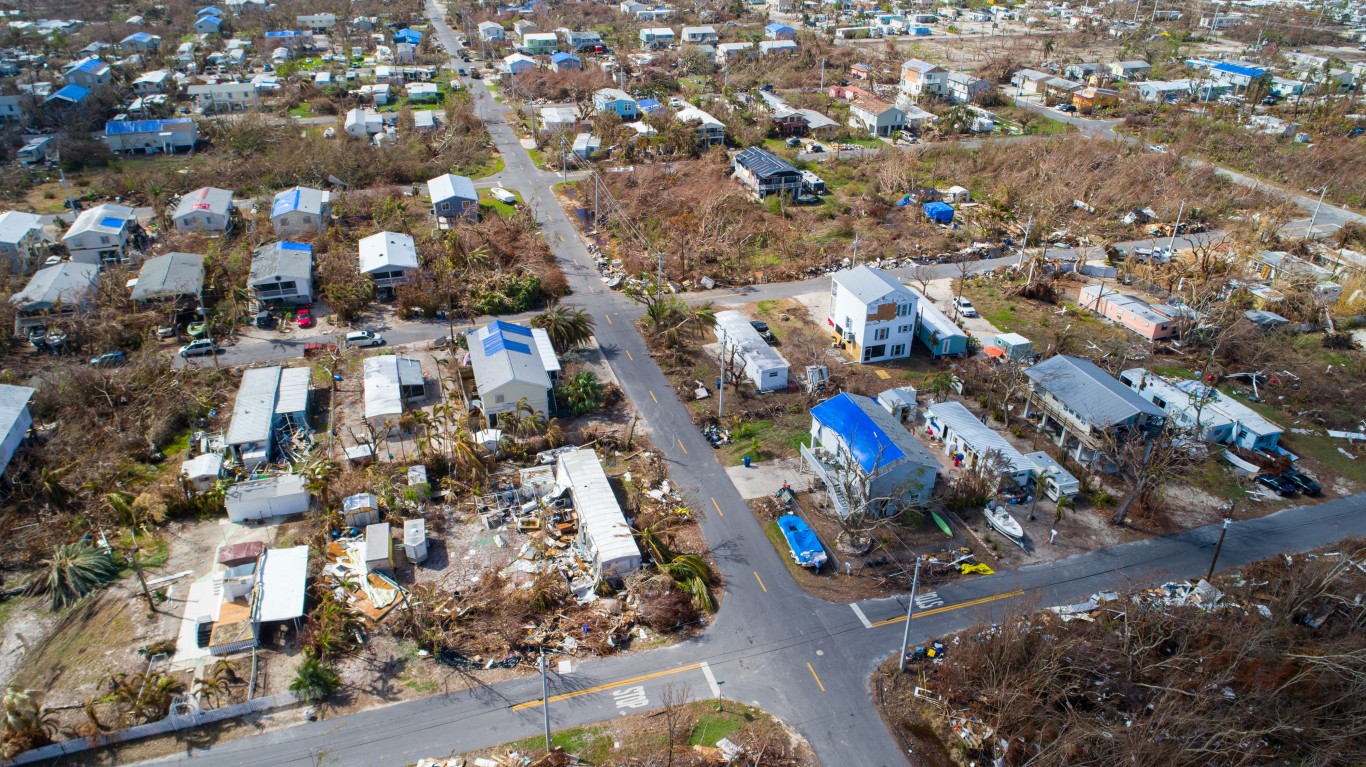
Why do hurricanes weaken and dissipate?
Hurricanes begin to decay (as scientists put it) once they make landfall, because land-based air is cooler and drier than the air over the ocean that started things off in the first place. Another way of putting it is to say that the ocean is the hurricane’s energy source, and once it’s separated from it, its power wanes.
[in-text-ad-2]
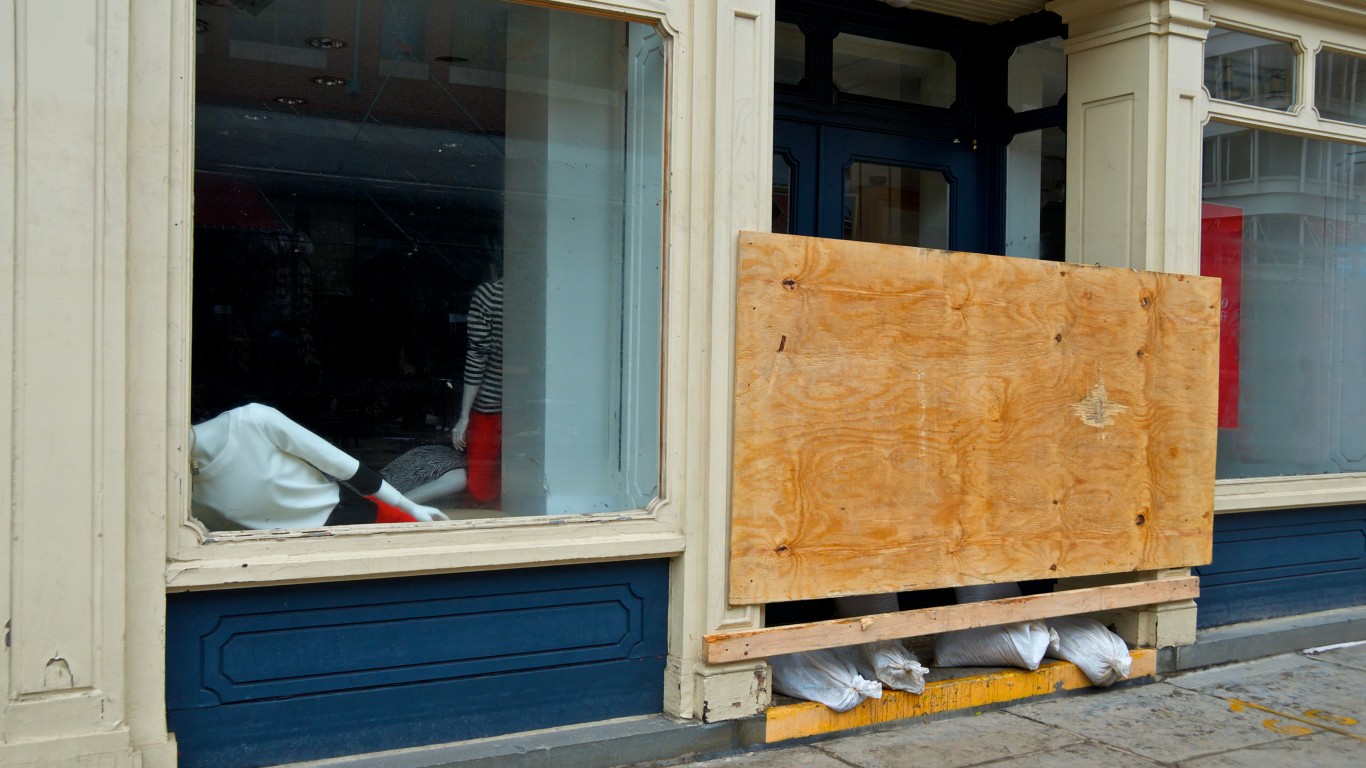
Is there a way to prevent hurricanes?
Even if it remains over the ocean, though, as it moves northward it swirls over colder water, again losing the energy warm, wet air provides. Hurricanes can also be absorbed into low-pressure storm systems, or blocked by resurgent wind shear. President Trump reportedly suggested the possibility of using a nuclear bomb to stop Dorian, but experts immediately said that the idea wouldn’t work. There have been other attempts to weaken hurricanes artificially, by cloud seeding, chilling tropical waters with icebergs, etc., but the Hurricane Research Division of the Atlantic Oceanographic and Meteorological Laboratory points out that all the proposed solutions are impractical given the size and power of hurricanes. “Perhaps the best solution,” it notes, “is not to try to alter or destroy the tropical cyclones, but just learn to co-exist better with them.
The average American spends $17,274 on debit cards a year, and it’s a HUGE mistake. First, debit cards don’t have the same fraud protections as credit cards. Once your money is gone, it’s gone. But more importantly you can actually get something back from this spending every time you swipe.
Issuers are handing out wild bonuses right now. With some you can earn up to 5% back on every purchase. That’s like getting a 5% discount on everything you buy!
Our top pick is kind of hard to imagine. Not only does it pay up to 5% back, it also includes a $200 cash back reward in the first six months, a 0% intro APR, and…. $0 annual fee. It’s quite literally free money for any one that uses a card regularly. Click here to learn more!
Flywheel Publishing has partnered with CardRatings to provide coverage of credit card products. Flywheel Publishing and CardRatings may receive a commission from card issuers.
Thank you for reading! Have some feedback for us?
Contact the 24/7 Wall St. editorial team.